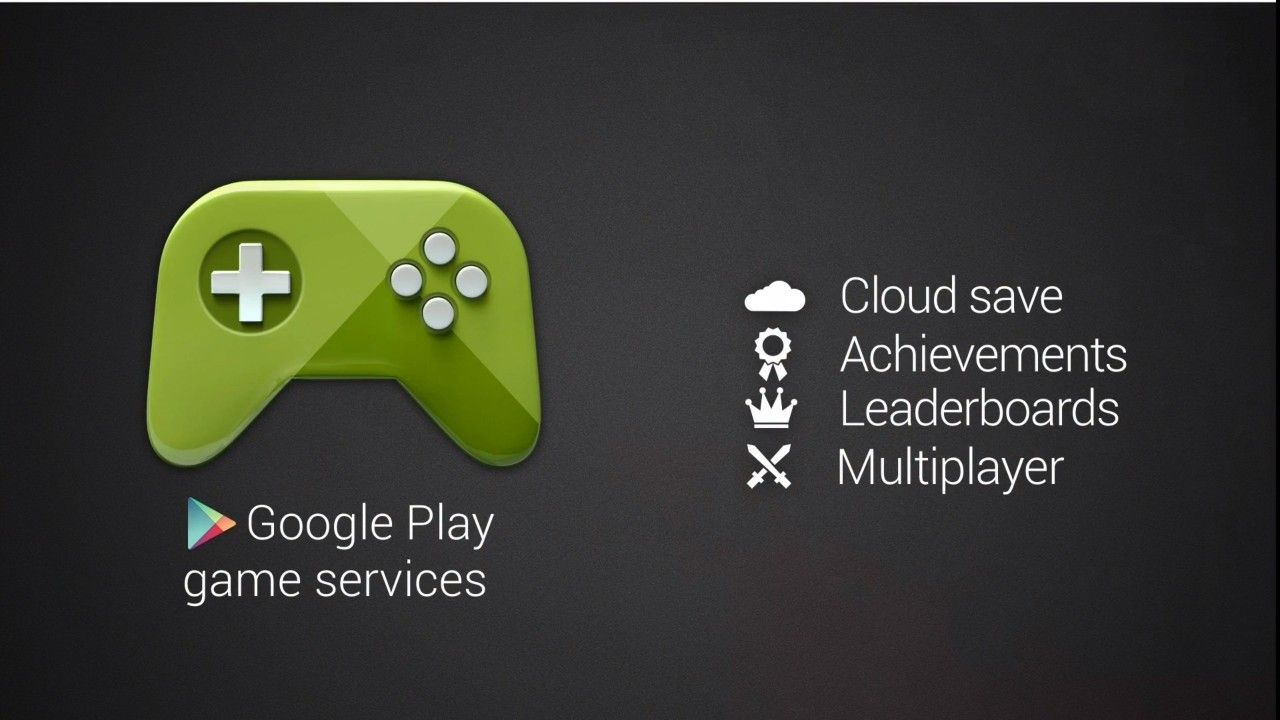Casual Connect 2014 in San Francisco offered a packed schedule of sessions covering a wide variety of topics. The [a]list daily was there, and here’s some of what was discussed. Google talked about its plans for gaming, and mobile publishers discussed how they are increasingly providing more value to developers in the increasingly sophisticated mobile marketplace.
Google’s global head of games business development for Google Play, Bob Meese, discussed some of the reasons that it’s a better time than ever to be creating games fro Android. For one thing, he pointed out, there are over 1 billion monthly Active Android users. “That’s the largest group of people playing games on any platform, ever,” said Meese. Though he didn’t mention how many different devices and versions of the operating system that is spread over, an important consideration for developers. Google paid out over $5 billion to developers in the last year, Meese mentioned. (On Apple’s earnings call yesterday, the company revealed it has paid out more than $20 billion to developers so far, with $5 billion of that in the last six months.)
Meese spent a fair amount of time talking about Android TV, and how developers should be developing for a multiscreen world, with games moving from smartphone to tablet to the TV screen. Google has lined up a number of top TV makers to support Android TV, and Meese encouraged developers to go to developer.android.com/tv to get a free Android TV and Android TV development kit. “We are looking for local multiplayer experiences, and games that can be played with a simple remote,” Meese said, not expecting developers to bring their entire catalog of games to Android TV.
Meese also noted the increasing utility of Google Play, and showed some stats on how developers are benefiting from the higher quality users who log into games using Google Play. For instance, Deer Hunter players who accessed the game through Google Play logings were made 4.6x as many purchases as other uses, and had three times the LTV (lifetime value). Meese noted that Google is also helping developers extend their reach geographically, now offering support for Google Play cards in 16 countries, direct carrier billing in 25 countries, and PayPal in 12 countries.
The Mobile Publishers Executive Roundtable brought together some top executives at mobile publishers to discuss why, in fact, mobile publishers have their uses when developers can simply put titles right into the App Store or Google Play store. Why give up margin to a mobile publisher

DeNA’s Barry Dorf, VP of partnerships & alliances, established where the mobile game business is at right now. “Twenty months ago DeNA had the #1 and #2 top-grossing games on iOS and Android, but the world was a different place back then,” Dorf noted. “Getting your apps into the top ten, figuring out how users are playing, … it was the dawn of the age we’re in right now. Since then times have really changed. There are three top players; there’s Supercell, GungHo, and King, and they make up 60 percent of the App Store top-grossing. There’s about ten companies that make up about 30 percent of the top-grossing, and then indies make up the other 10 percent. That’s changing dramatically, even today. The top 60 percent is growing, the top 30 percent is getting smaller, and we’re tapping into that 10 percent. It’s harder and harder for indies to break into the marketplace today.”
Giordano Contestabile,VP of product management & revenue at Tilting Point, explained how there’s still room in the marketplace, but developers need help. “The market is dominated by a few players, but the #100 app in the US is doing $30K per day — that’s a $1 million per year run rate,” Contestabile said. That’s still a reasonable amount of money if a developer is small enough. “The App Store is dominated by a few players, but these players are all new,” Contestabile said. He explained that production values are rising, and players expect you to compete with the best in class even if you’re only a small developer. You need to have money, someone who understands user acquisition, monetization, and expertise in a lot of areas that most small developers just don’t have. Hence, mobile publishers provide the help. “If you only want to hit a single or a double, you don’t need a publisher,” Dorf added.
The publishers discussed some of the specifics about how they help developers . “We do a lot of user acquisition, but we also rely on other forms of marketing,” Contestabile noted.. “For example, we launched Leo’s Fortune a couple of weeks ago, and we premiered a live-action trailer which was a huge Rube Goldberg machine built to simulate the game environment. It was very expensive, took about 70 days to shoot, but it’s gotten 1.5 million views on YouTube so far. There are two reasons why we do that. One is because performance marketing is increasingly expensive, and we want to find other ways for people to discover the game. But really, we want to build brands, we want to build big franchises over time. I don’t think you can build a brand by buying your users one at a time. People have to feel an emotional connection to the game.”
“Performance marketing has become table stakes,” said Walter Driver, CEO of mobile publisher Scopely. “That’s just blocking and tackling now. I think you’re going to see a lot more of this offline marketing starting to be table stakes, running television campaigns, working with celebrities, influencers, creating spectacles and trailers. Those are the kind of things you need to do to break out of the pack. That’s a big financial risk for a developer who has already invested a lot of itme and capital into a single game, and may not have another game coming out for quite a while. It’s another area where you’re going to see publishers provide value.”

